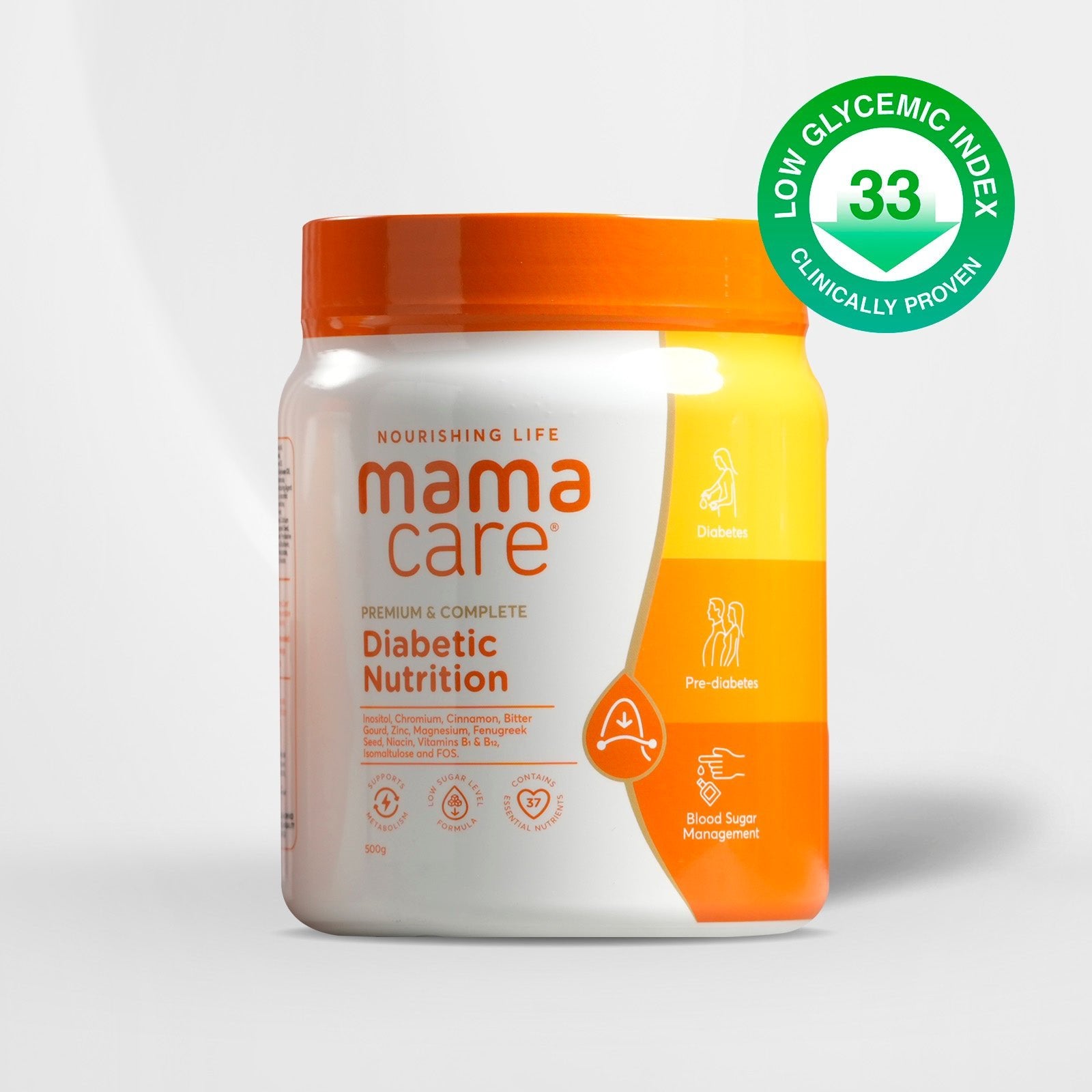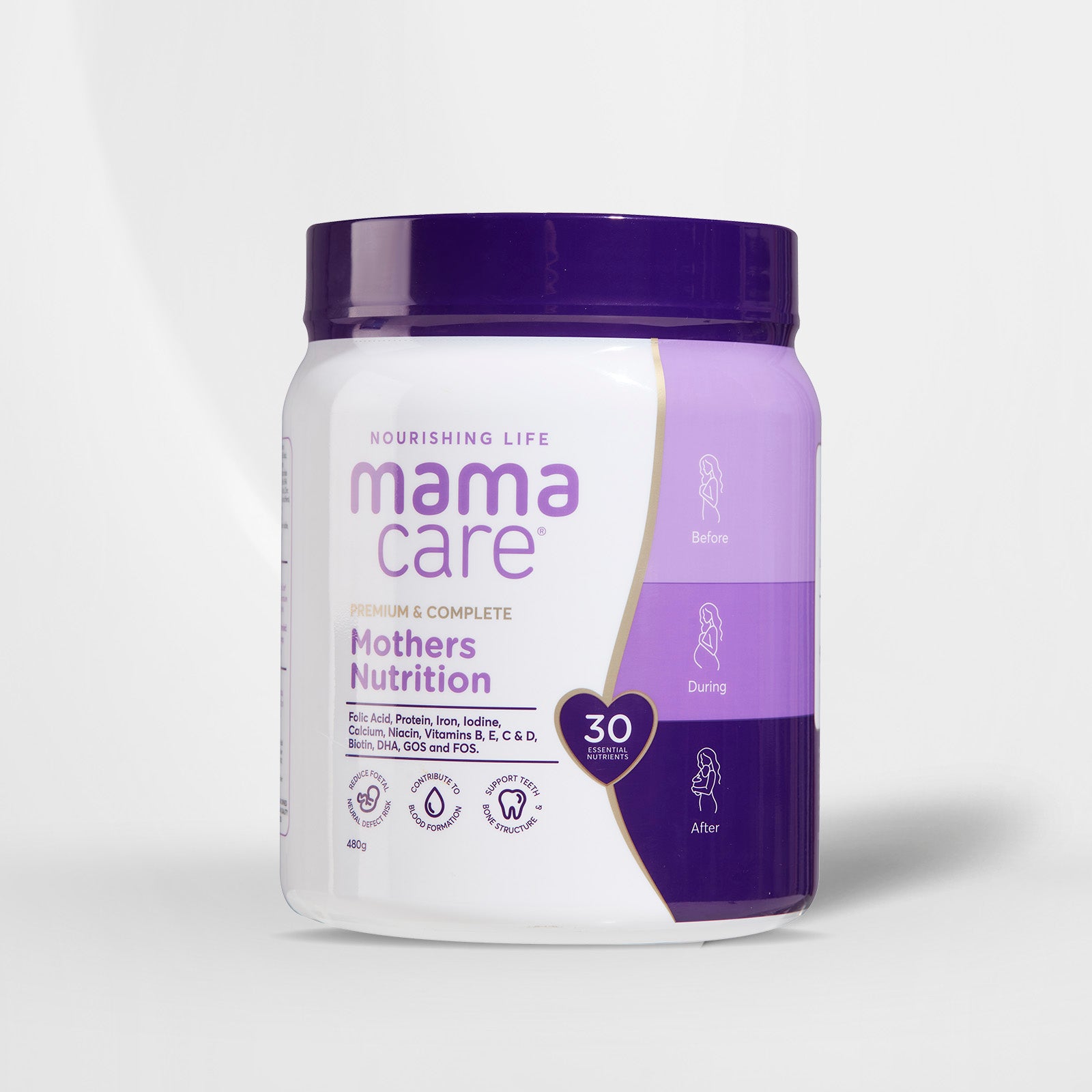MamaCare® Nutrition Formula Proven Low GI in University-Backed Study
MamaCare® has added another stamp of approval for its Diabetes Nutrition formula from the University of Sydney.We submittedthe product samples for a scientific appraisal,and the test results are out.The following report details the test methodology and results.
This report presents the findings of a glycaemic index (GI) study conducted by Sydney University’s Glycaemic Index Research Service (SUGiRS) to determine the GI value of MamaCare® Diabetic Nutrition Vanilla Flavour beverage powder prepared with water.The study follows internationally recognized GI testing methodologies and ethical research standards.
- The glycaemic index measures how carbohydrate-containing foods affect blood sugar levels.
- The MamaCare beverage powder demonstrated a low GI value of 33, significantly lower than the reference food (glucose solution, GI = 100).
- This result suggests that the product leads to a gradual rise in blood glucose, making it suitable for individuals managing blood sugar levels, such as diabetics.
- The test involved 10 healthy participants whose plasma glucose responses were measured over two hours after consumption of the test beverage and the reference food.
- Statistical analyses confirmed a significant difference (p < 0.001) between the GI values of the test product and the reference food.
- A standard beverage serving (50g powder + 200 mL water) has a glycaemic load (GL) of 10, categorizing it as low GL.
- The low-GI nature of the beverage supports its positioning as a diabetic-friendly nutritional product.
- Future modifications to the formula may require retesting, as changes in ingredients or processing could impact the GI value.
- Low-GI foods like MamaCare can play a role in reducing the risk of diabetes heart disease, and aiding in weight control.
This study reinforces the importance of glycaemic index research for nutritional health and food product development, with MamaCare’s beverage demonstrating characteristics beneficial for diabetic and health-conscious consumers.
Published Data Sourced from The University of Sydney GI Research
The glycaemic index (GI) is a system that ranks carbohydrates based on theireffect on blood sugar levels.It measures how quickly a food causes blood glucose to rise after eating.Foods are categorized as:
- Low GI (55 or less) – Your body digests these foods slowly, releasing glucose gradually in the blood, keeping the blood sugar levels in control. Examples: whole grains, legumes, and most fruits.
- Medium GI (56-69) – These cause a moderate rise in blood sugar. Examples: brown rice and whole wheat products.
- High GI (70 or more) – Your body digests these foods rapidly and absorbs the carbs, creating a quick spike in blood sugar. Examples: white bread, sugary drinks, and processed foods.
GI is handy for managing diabetes, weight, and overall health.However, it’s best to consider GI alongside other factors like portion size and nutritional value.
High glycaemic index (GI) foods can rapidly raise your blood sugar levels, which may lead to several health concerns.Here’s how they can affect the body:
- Blood Sugar Fluctuations: A sharp increase in blood sugar and a sudden drop can create fatigue and hunger, making it harder to maintain energy levels.
- Higher Risk of Type 2 Diabetes: Insulin resistance is key to developing type 2 diabetes. Regular consumption of high-GI foods may contribute to insulin resistance and the development of type 2 diabetes.
- Weight Gain: Since these foods often lead to quick hunger rebound, they can cause overeating, increasing the likelihood of weight gain.
- Heart Health Concerns: Diets high in rapidly digestible carbohydrates can raise triglyceride levels and increase the risk of cardiovascular diseases.
- Impact on Brain Function: Blood sugar swings can affect focus and mental clarity, leading to difficulties in concentration.
- Potential for Inflammation: High GI foods may contribute to chronic inflammation. Chronic inflammation leads to various health issues, such as arthritis and other inflammatory conditions.
Balancing your diet with low-GI foods, fibre-rich options, and healthy fats can help manage these effects.


